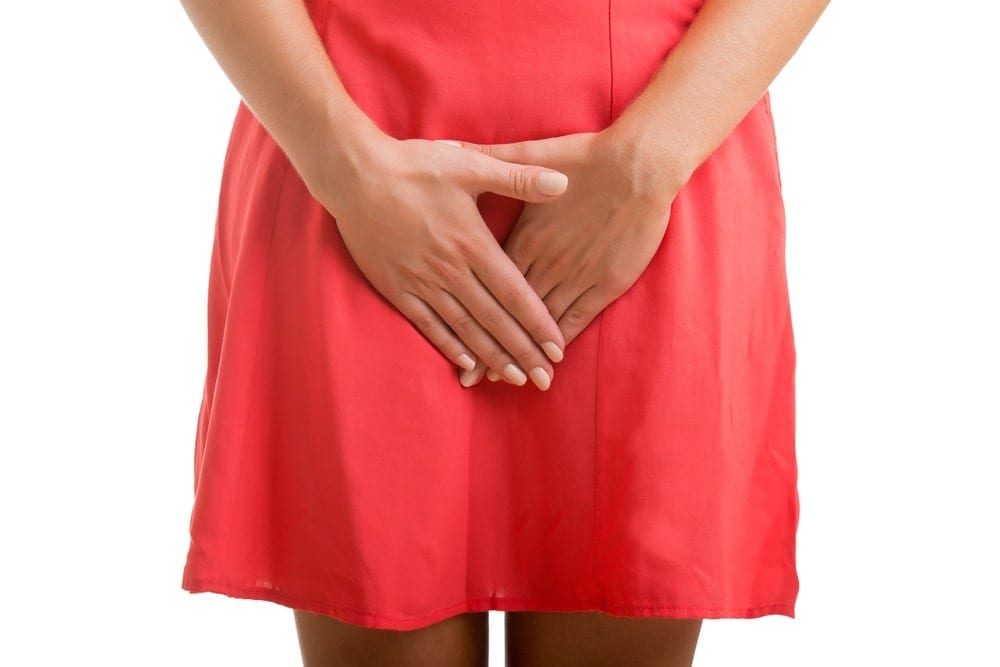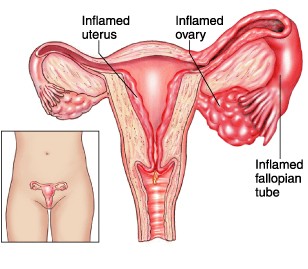Causes, Diagnosis, and Treatment of Fibroids
Fibroid tumors are usually undetected non-cancerous masses that grow in the uterus. There are several types of fibroids found in the uterus, and it is common for women to have multiple fibroids of various sizes. In most cases, fibroid tumors are painless. Fibroids may also be referred to as myoma, leiomyoma, leiomyomata, and fibromyoma.
What causes fibroid tumors in the uterus?
A definitive cause of fibroids is unknown, but they appear to be related to estrogen. This relationship between fibroids and estrogen is known because tumors grow when taking birth control pills containing estrogen and during pregnancy when more hormones are released. Following menopause, when estrogen is no longer produced, tumors tend to shrink and even disappear.
What are the different types of fibroid tumors?
Fibroids are classified according to their location within the uterus. There are four primary types of fibroids:
Subserosal Fibroids: Fibroids that develop in the outer portion of the uterus and continue to grow outward. These typically do not affect a woman’s menstrual flow but can cause pain due to their size and pressure on other organs.
Intramural Fibroids: Fibroids that develop within the uterine wall and expand, which makes the uterus feel larger than normal. Symptoms associated with intramural fibroids are heavy menstrual flow, pelvic pain, back pain, frequent urination, and pressure. This is the most common type of fibroids.
Submucosal fibroids: A type of fibroid that develops just under the lining of the uterine cavity. This is the least common type of fibroid; however, these types of fibroids commonly cause symptoms such as heavy prolonged menstrual periods.
Pedunculated fibroids: This type of fibroid occurs when the fibroid grows on a stalk. Pedunculated fibroids can either develop in the uterus or grow on the outside of the uterus.
It is common for a woman to have multiple fibroids, and it is possible that she has one or all of these types of fibroids.
How are uterine fibroids diagnosed?
Fibroids are usually discovered when your health care provider performs a pelvic examination and feels lumps in your uterus. To make an accurate diagnosis, your health care provider will perform either a CT scan or an ultrasound. These are non-invasive procedures that allow the viewing of your internal organs.
What are the health concerns?
Fibroid tumors may not be a problem for some women, and in some cases, treatment may be directed at managing the symptoms. Fibroid tumors may cause problems for women who wish to get pregnant because the tumors may be growing all along the uterine wall making implantation of a fertilized egg doubtful. Fibroid tumors may also cause some women to experience pelvic pain and heavy bleeding.
What are the treatments?
If there are multiple fibroids, it will be hard to determine which fibroid(s) is causing your symptoms. In many cases, there will be small fibroids that are undetected, so you should anticipate having multiple fibroids when discussing treatment options.
The selection of the appropriate procedure is determined between you and your health care provider, but the following factors contribute to the recommended approach:
- Size and location
- Severity of symptoms
- Childbearing plans
Severe symptoms often lead to the recommendation of a hysterectomy.
Each of the following procedures serves as a treatment option, particularly for women who still wish to have children:
- Myomectomy: A surgical procedure done to remove only the tumors from the uterus. This procedure is more dangerous than a hysterectomy, but it is an option if you still desire to get pregnant.
- Embolization: This is a surgical procedure that involves cutting off the blood supply to the fibroid. This is a common procedure when symptoms are not severe.
- Myolysis: A procedure which uses electric shock to shrink the fibroids.
Want to Know More?
Compiled using information from the following sources:
Danforth’s Obstetrics and Gynecology Ninth Ed. Scott, James R., et al, Ch. 49.
MedlinePlus [Internet]. Bethesda (MD): National Library of Medicine (US); [updated 2006 Feb 21]. Fibroid Tumors; [updated 2006 Feb 14; reviewed 2005 Oct 17; cited 2006 Feb 22].
Available from: https://www.nlm.nih.gov/medlineplus/uterinefibroids.html






